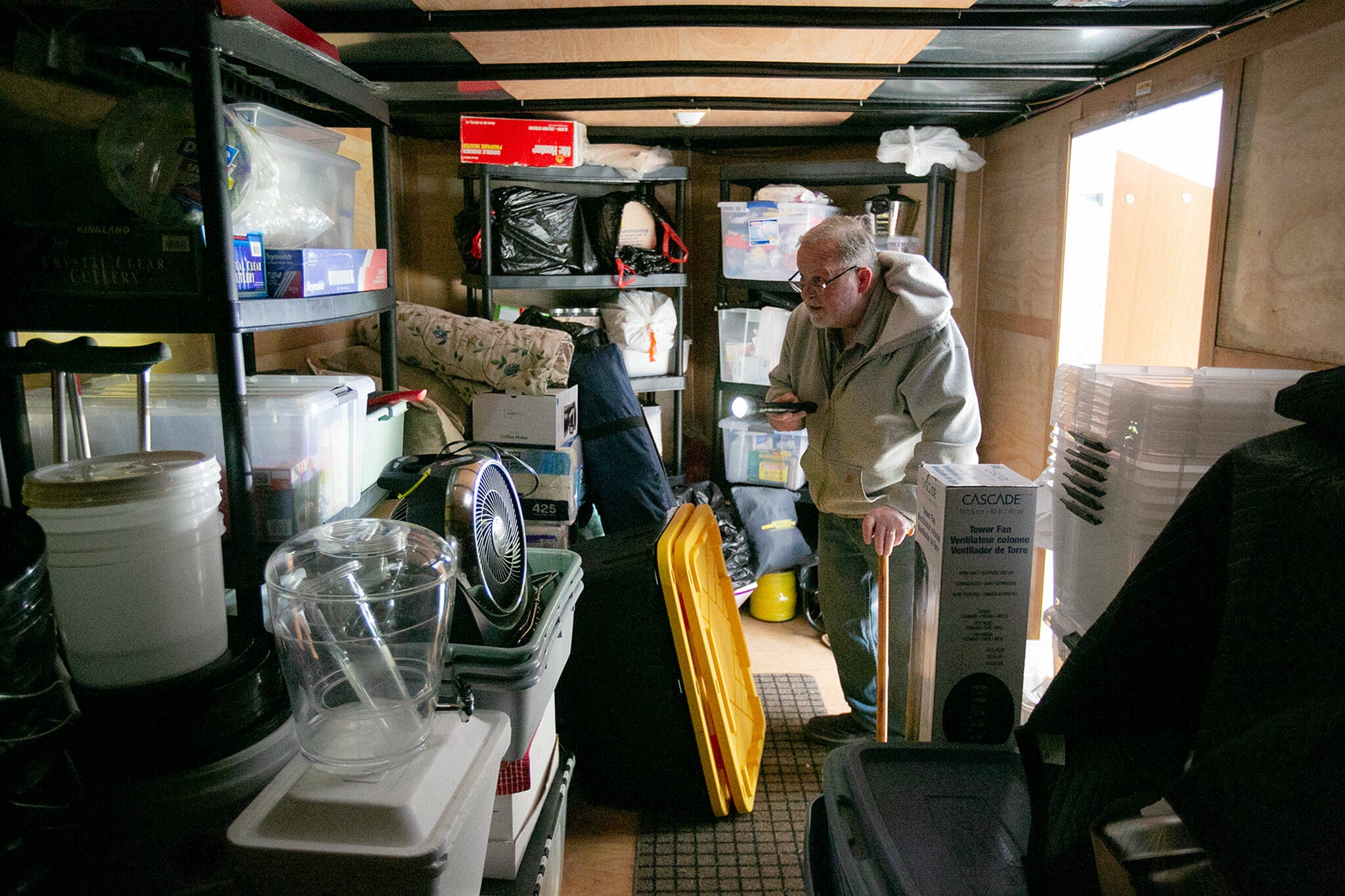EVERETT — When the Big One hits, you might be stranded on an island.
A new map of “population islands” gives you an idea of whom you’ll be stuck with — and where.
The interactive map produced by the Snohomish County Department of Emergency Management reveals how transportation system damage from a powerful earthquake could fracture our county into isolated areas, or “population islands.”
You’ll be hearing that term and seeing the map a lot in months to come in disaster planning campaigns.
“The islands are a different way of cutting up the community,” said Scott North, spokesperson for Snohomish County DEM. “We wanted to show people how things could break — what the risks really look like.”
The map looks like a jigsaw puzzle of islands.
There are 58 islands on the map that encompasses Snohomish County, part of Island County and slivers of King and Skagit counties.
Click on the islands where you live, work and play. The bright white lines defining the borders of the islands are not the same as man-made town boundaries. These are where roadways and bridges are expected to break and need long-term repairs based on a 9.0 earthquake.
